To the ancestors of the Maya, Inca, and Aztec, weaving was extremely important and highly valued - almost every woman wove, and textiles were once used as currency. Among them, Inca weavers were considered the most accomplished. They usually wove on backstrap looms, a heritage that has been passed down through generations and still lives today.
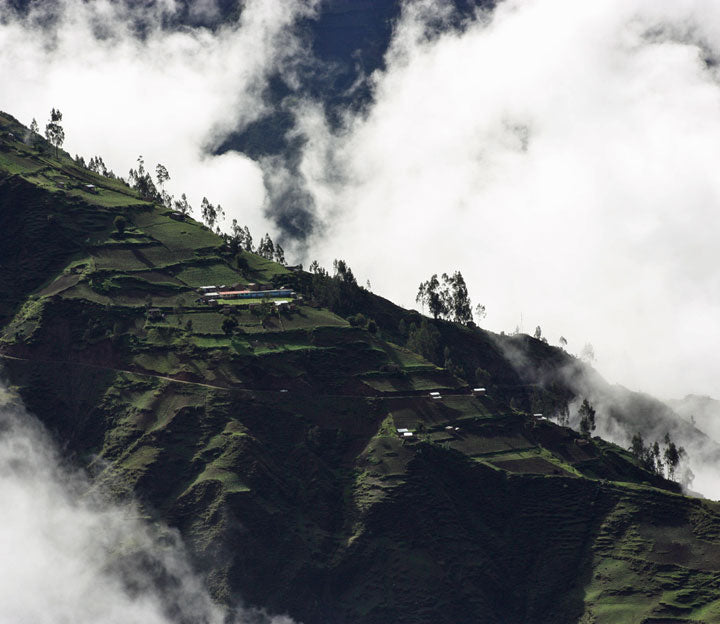
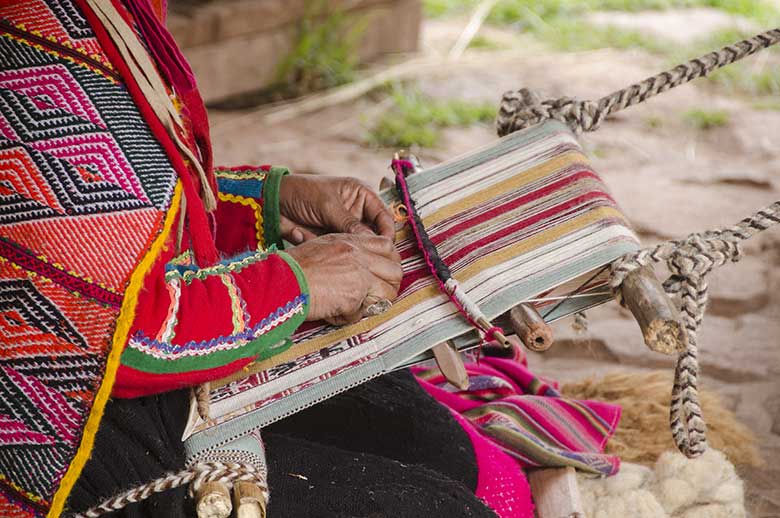
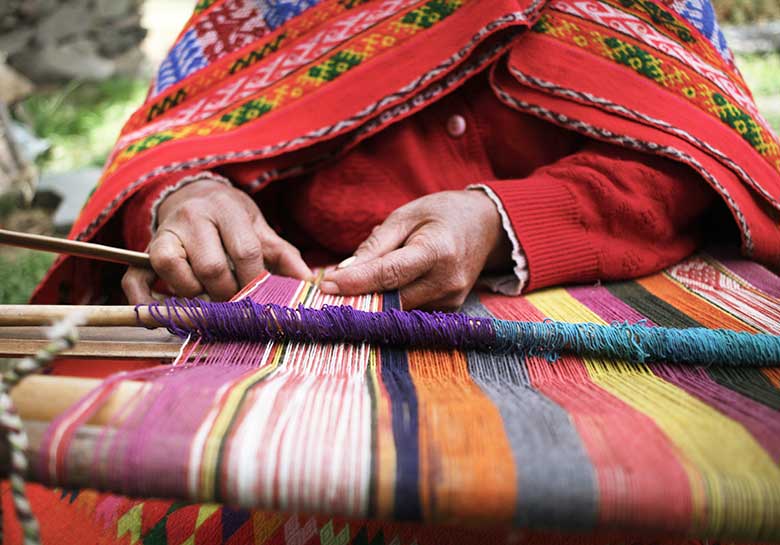
A simple backstrap loom consists of two sticks, between which the warps are stretched. With a rope, one end of the loom is attached to a fixed object, usually a post or a tree. The other end is attached to the weaver's body with a strap wrapping around the back, hence the name "backstrap weaving." With a shuttle to pass threads through the layers, the weaver leans back and uses her or his weight to tension the loom, creating elaborate textiles.
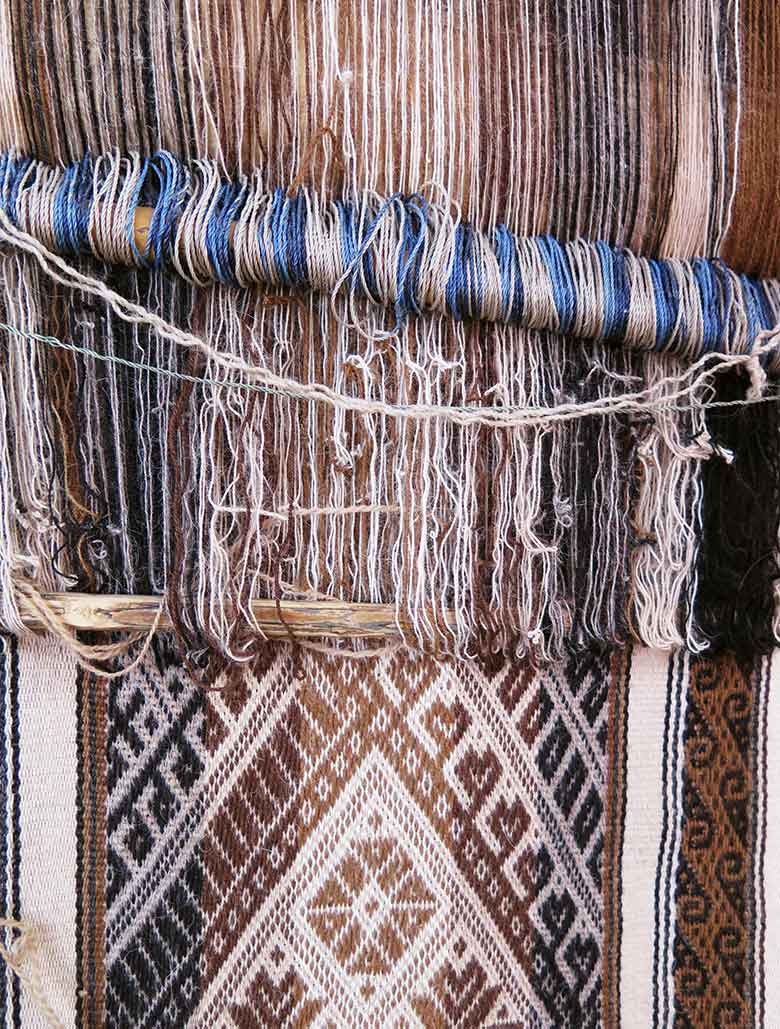
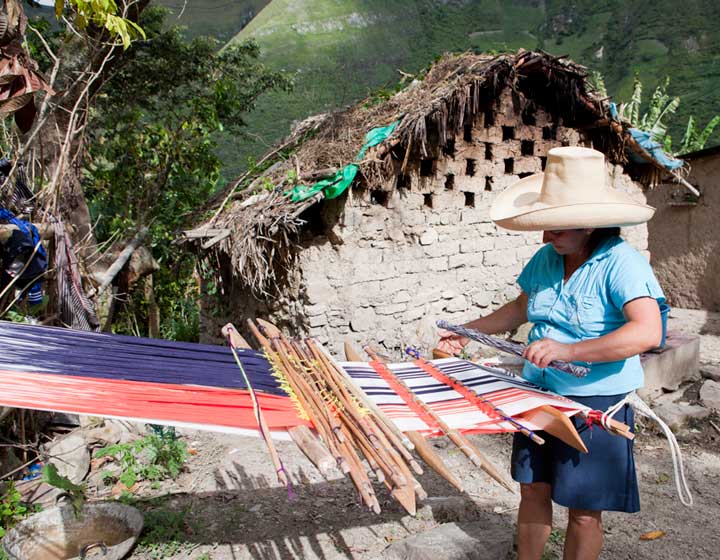
For indigenous female artisans, backstrap weaving is an ideal technique. The light and portable equipment can be set up anywhere, making it easy for them to balance many other daily duties, such as child-caring and home maintenance, while supplementing their household income through weaving.

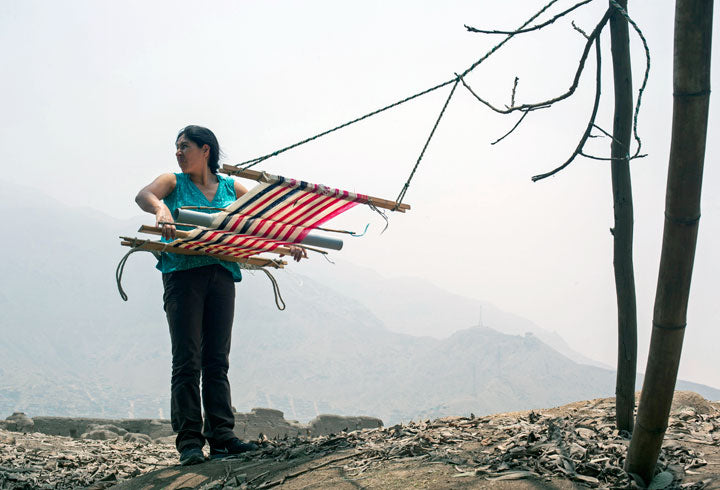
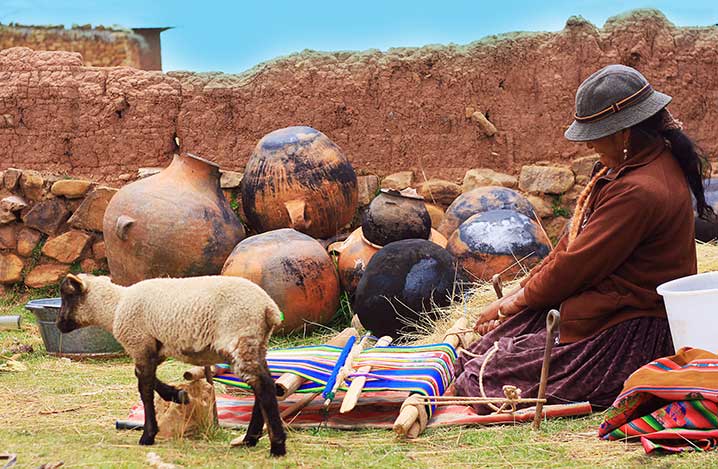
Backstrap weaving is still a living craft in the indigenous communities in Peru, Mexico, and Guatemala. Artisans use locally sourced, hand-spun, and naturally dyed cotton yarns to create exquisite textiles for fashion and home accessories. We proudly carry home textiles handcrafted by backstrap weavers in Peru, Guatemala, and Mexico. Click to view the collections by País Textil from Peru, Natural Art from Guatemala, and pillows made in the Highlands of Chiapas, Mexico with the support from Aid to Artisans.
(Images: Courtesy of País Textil)

